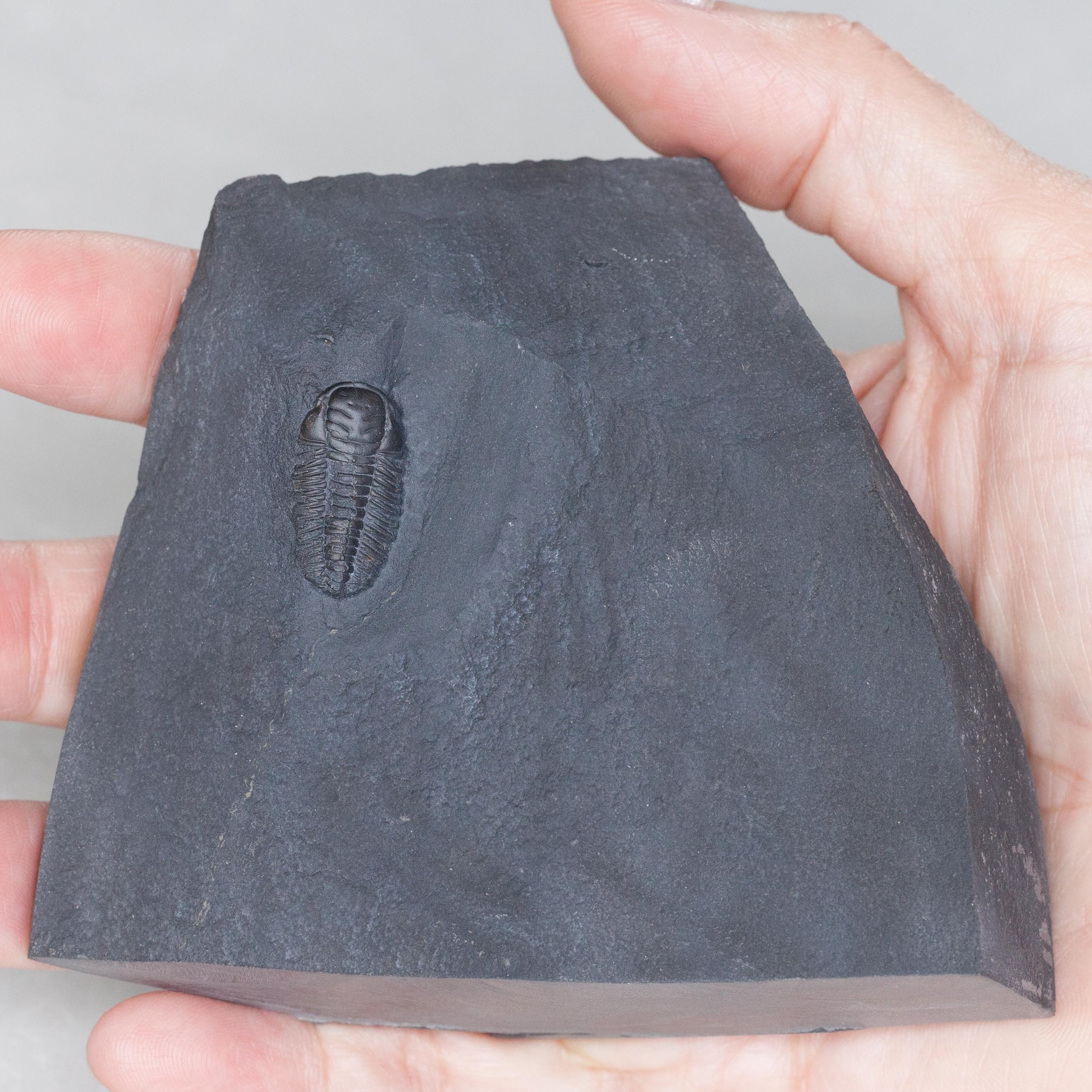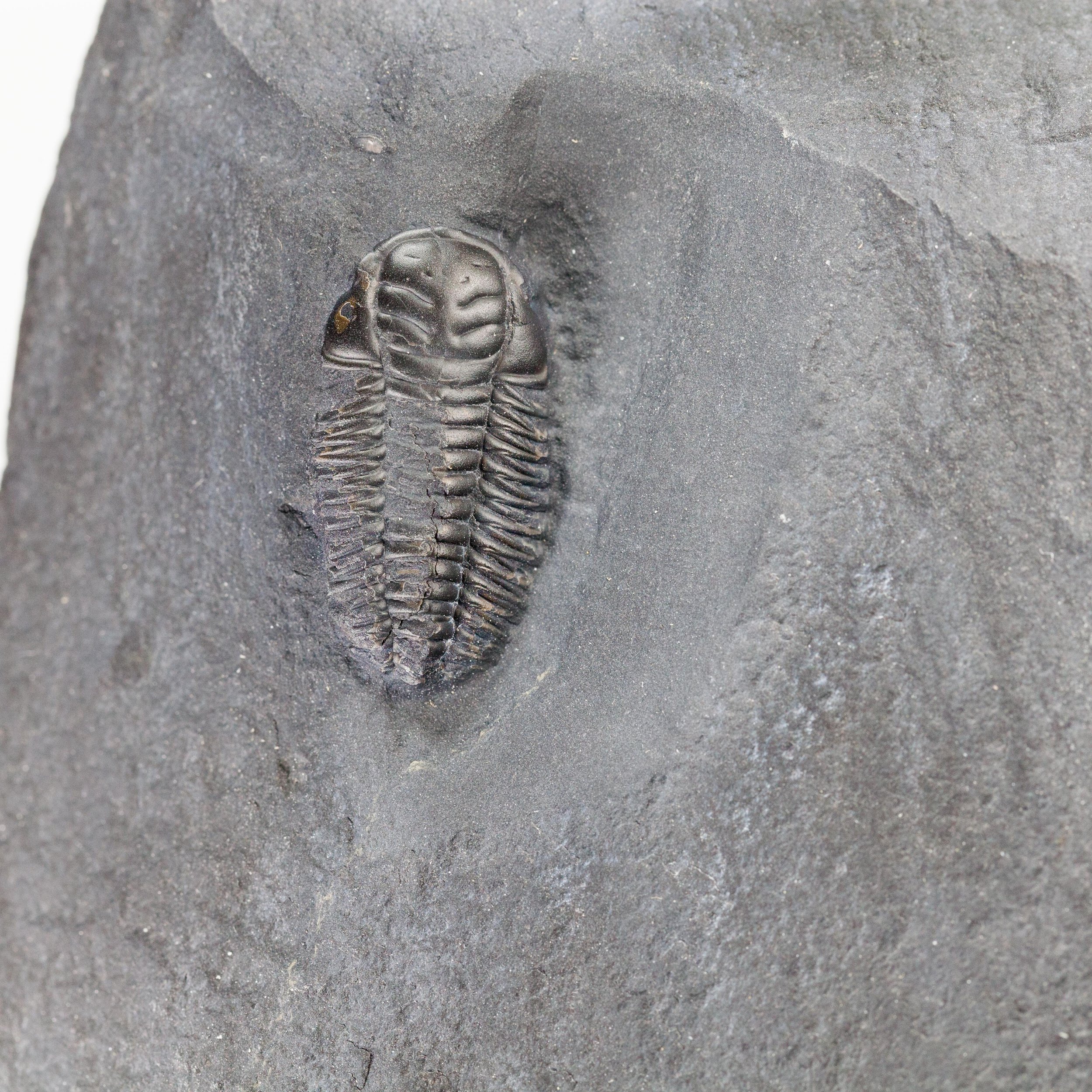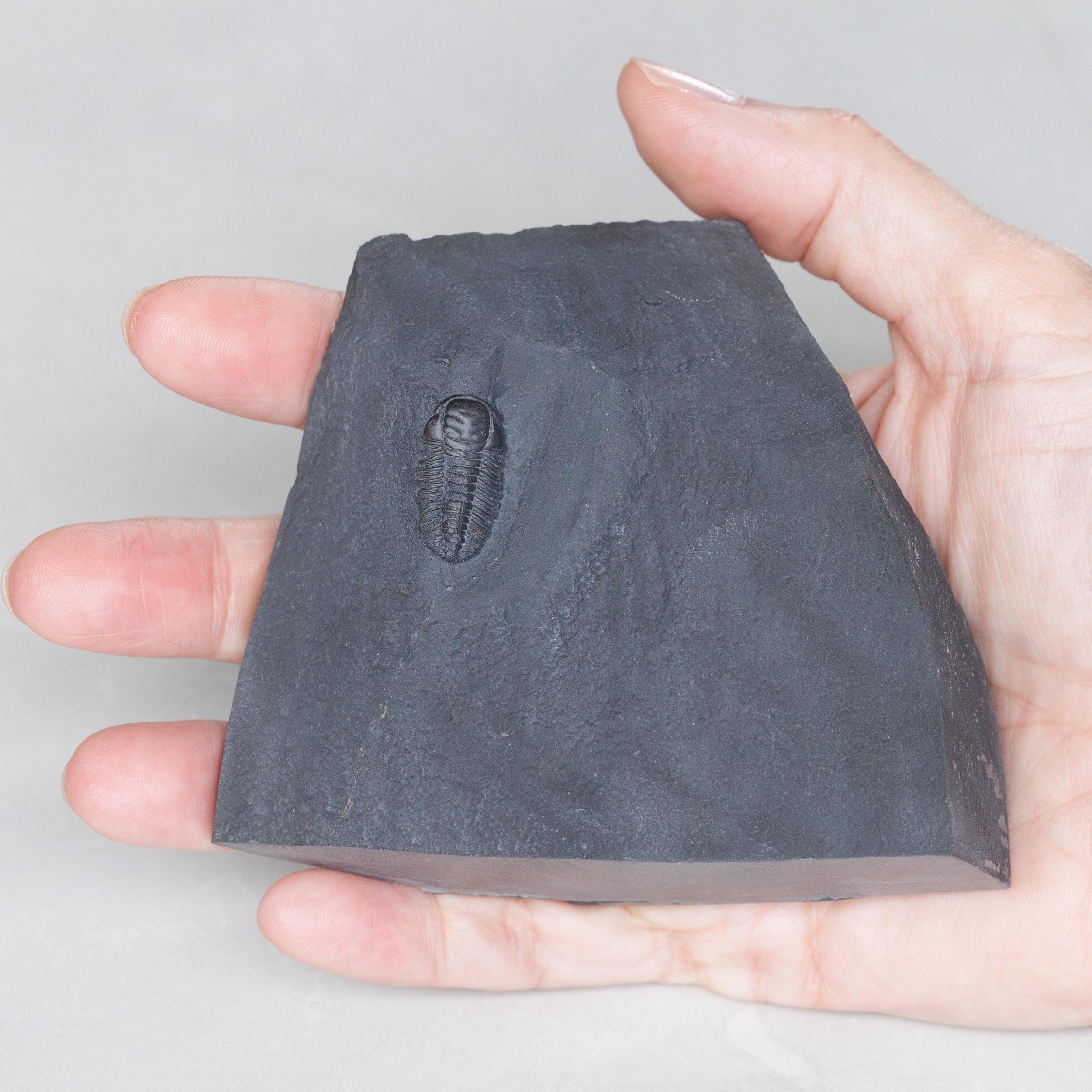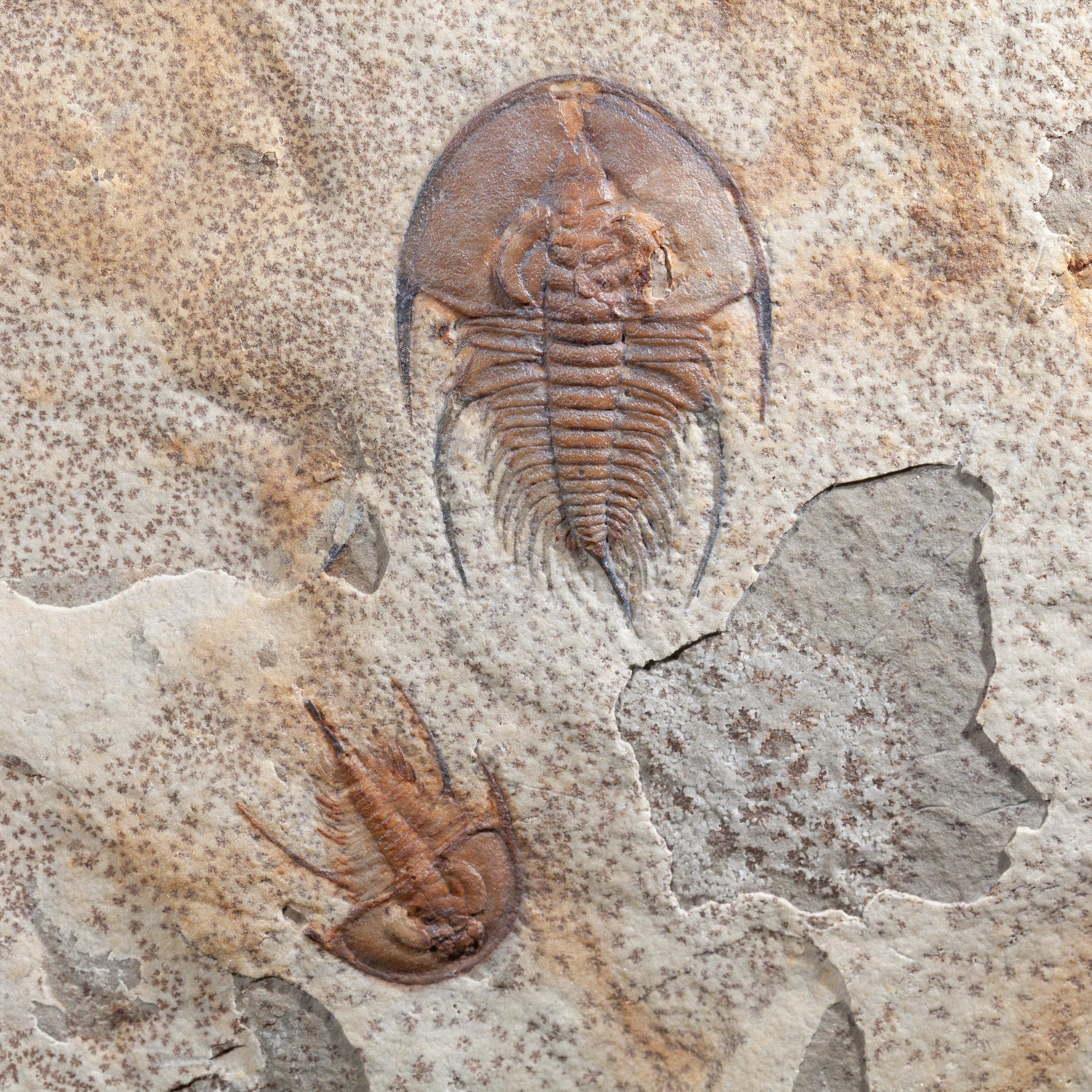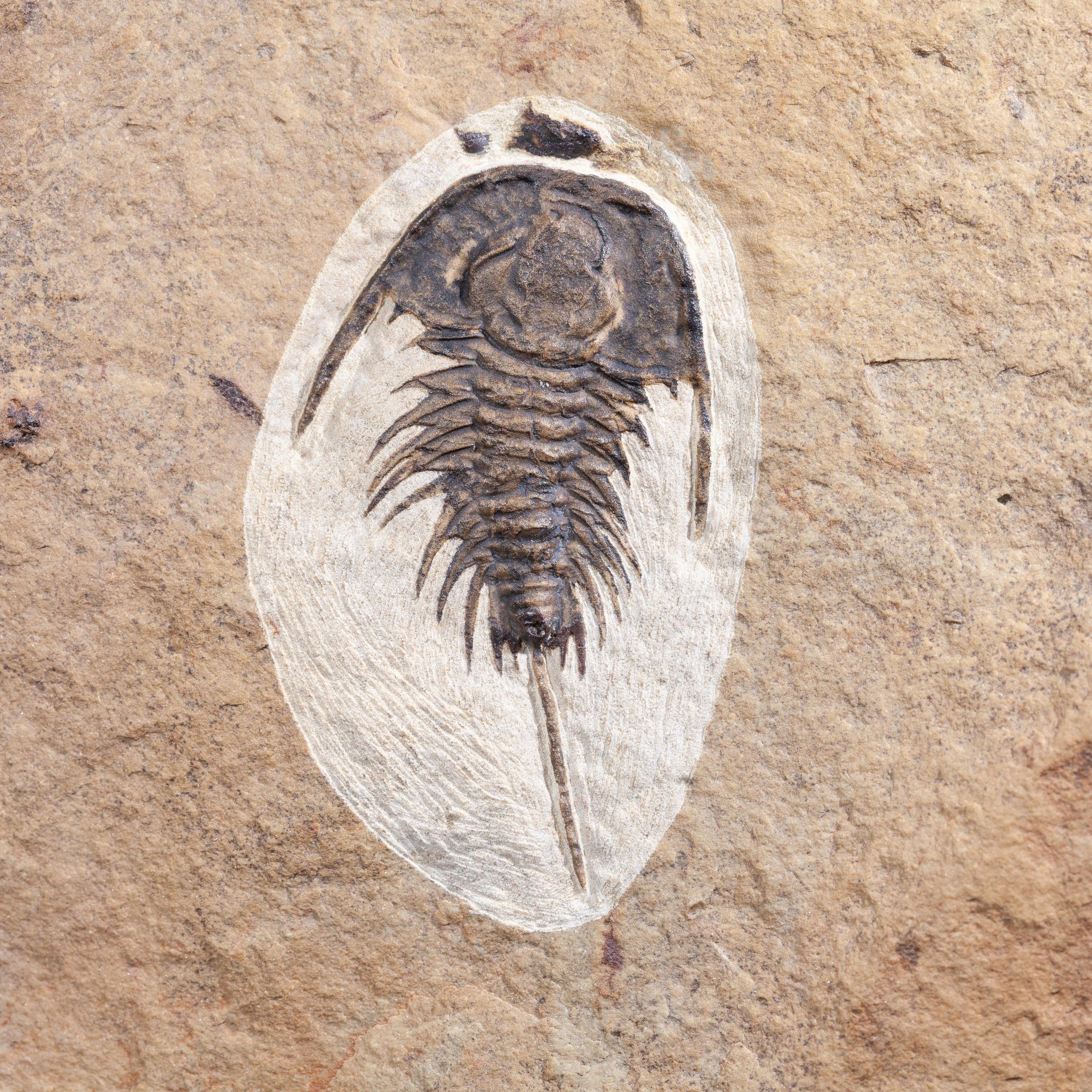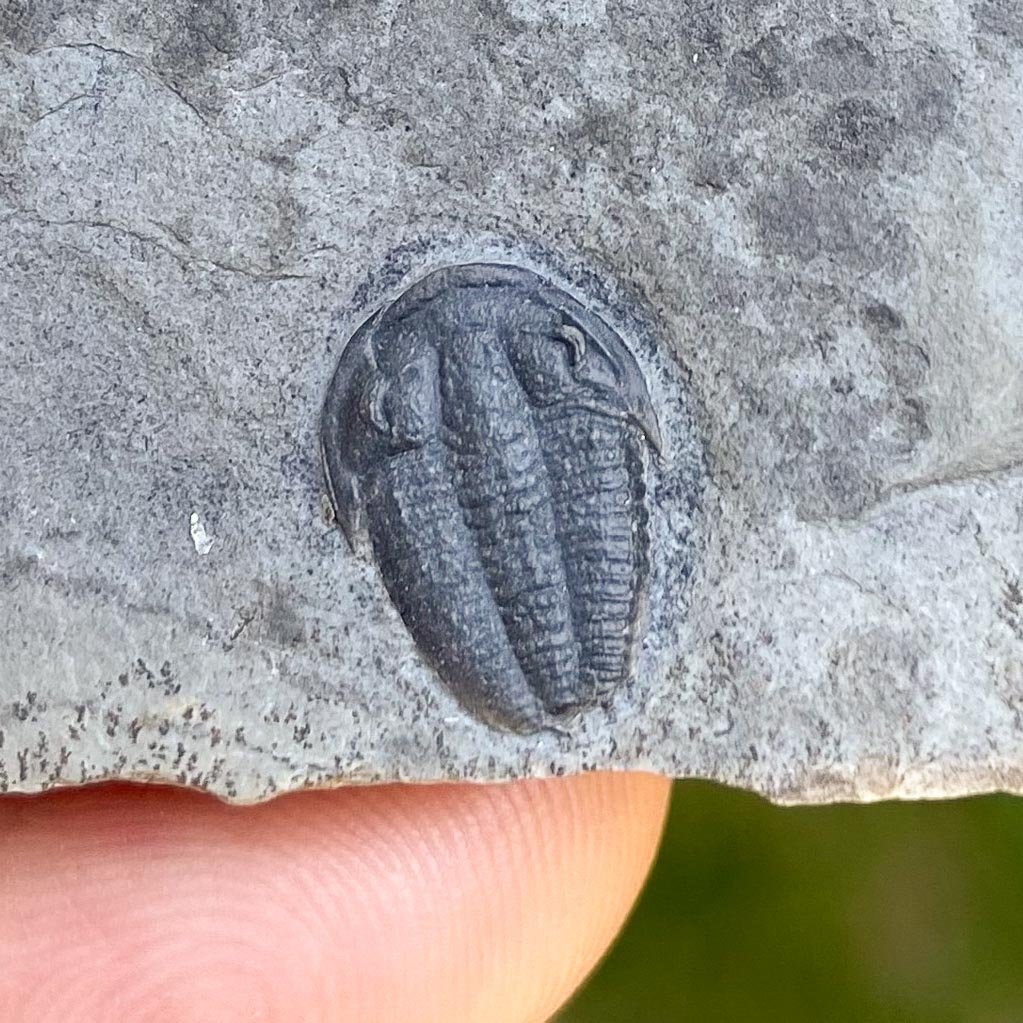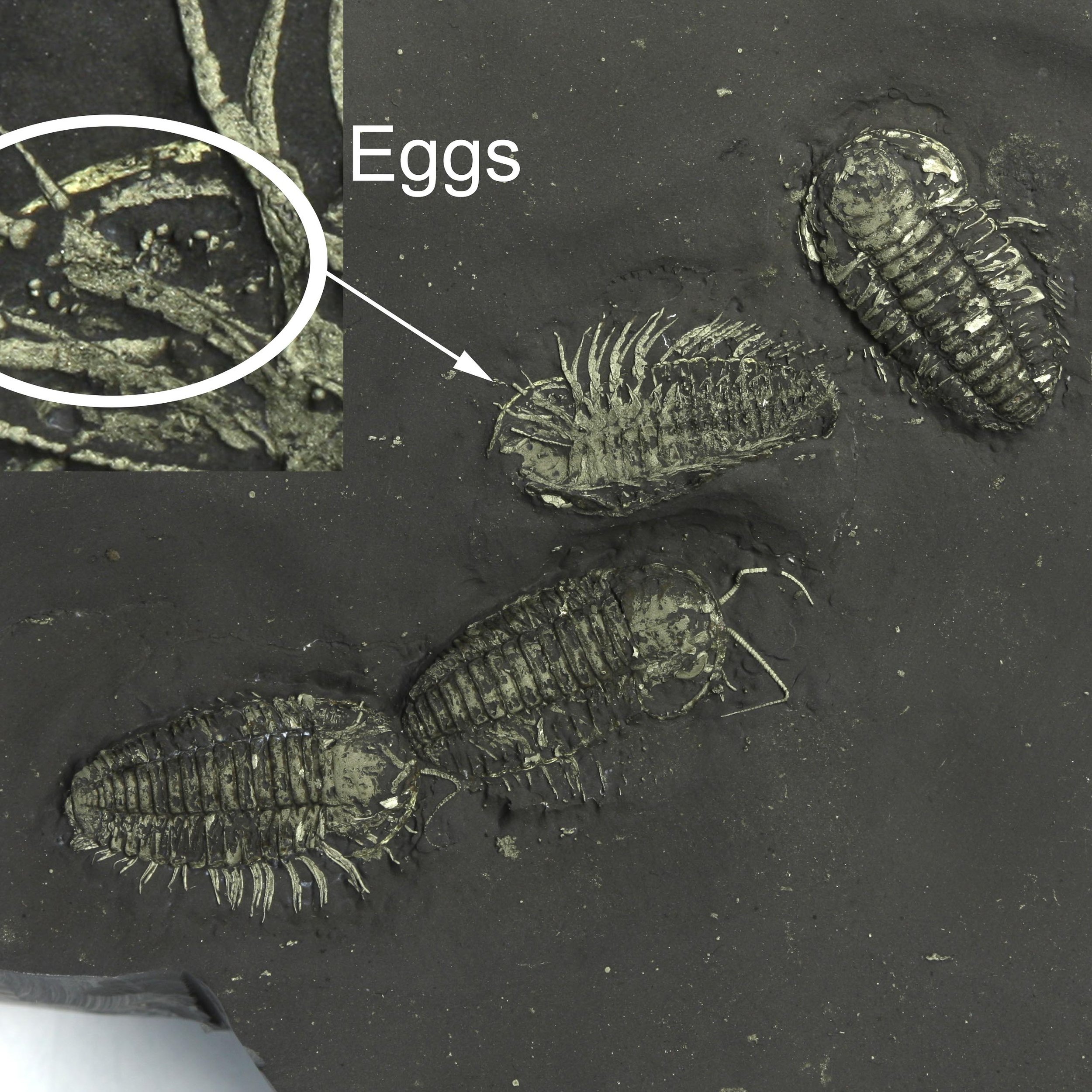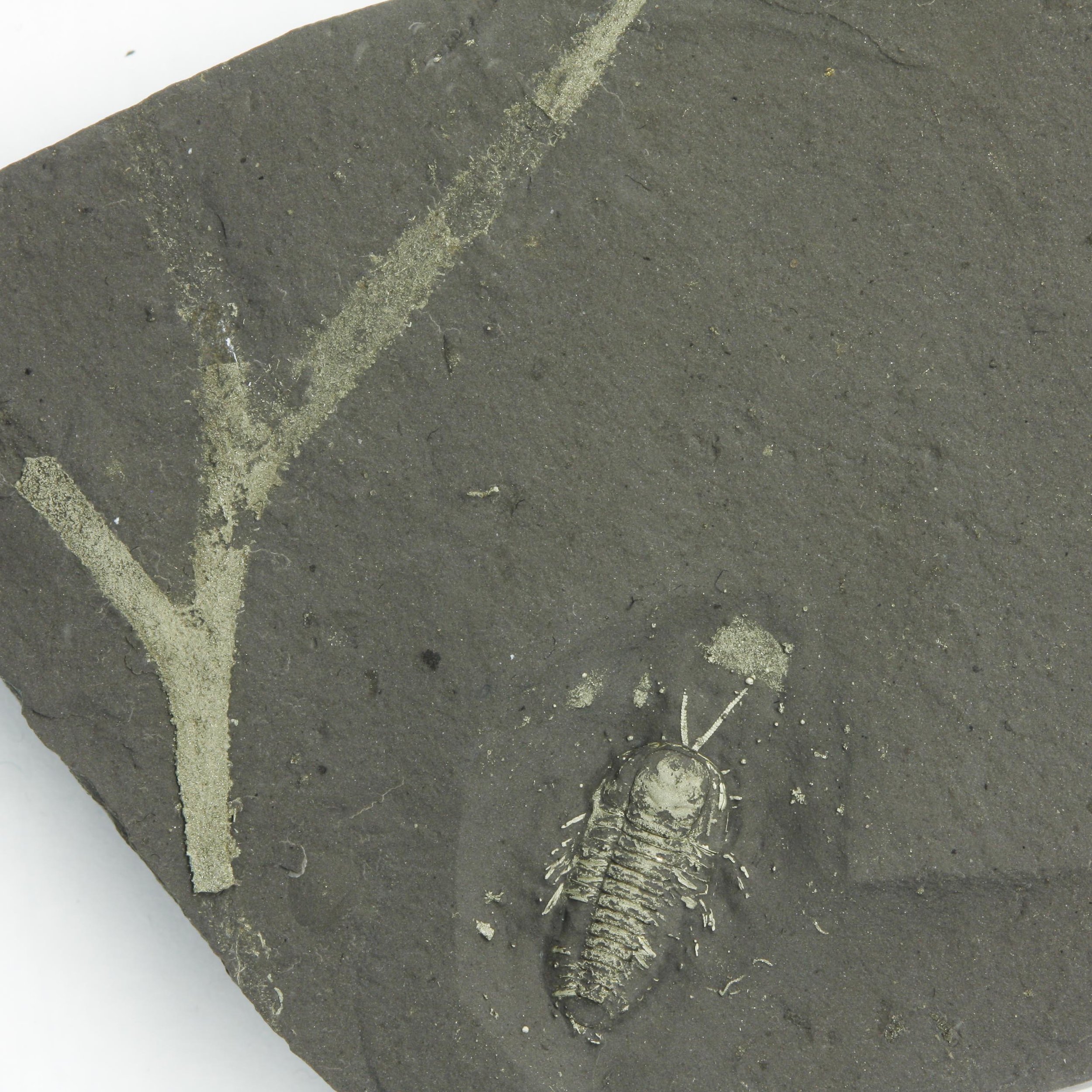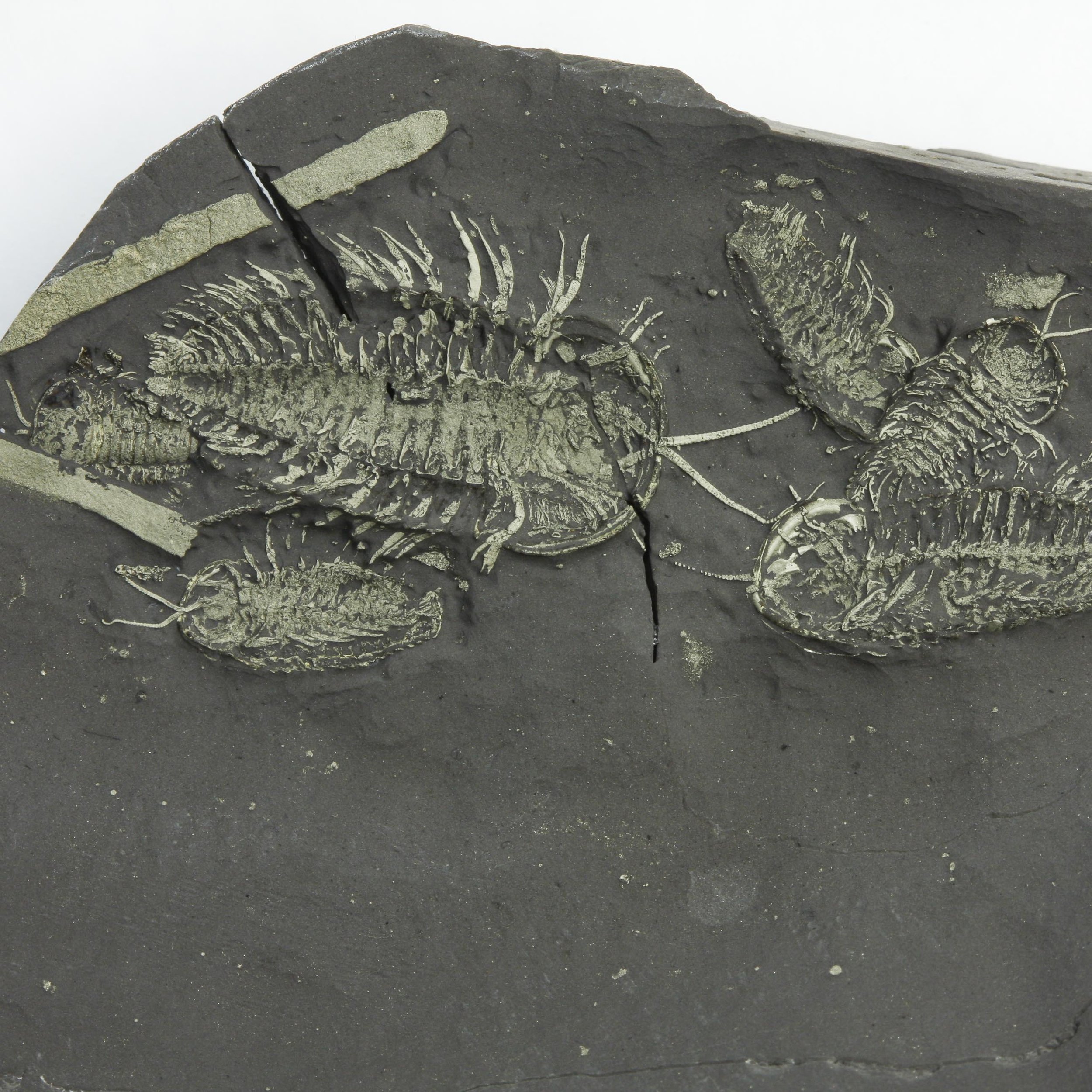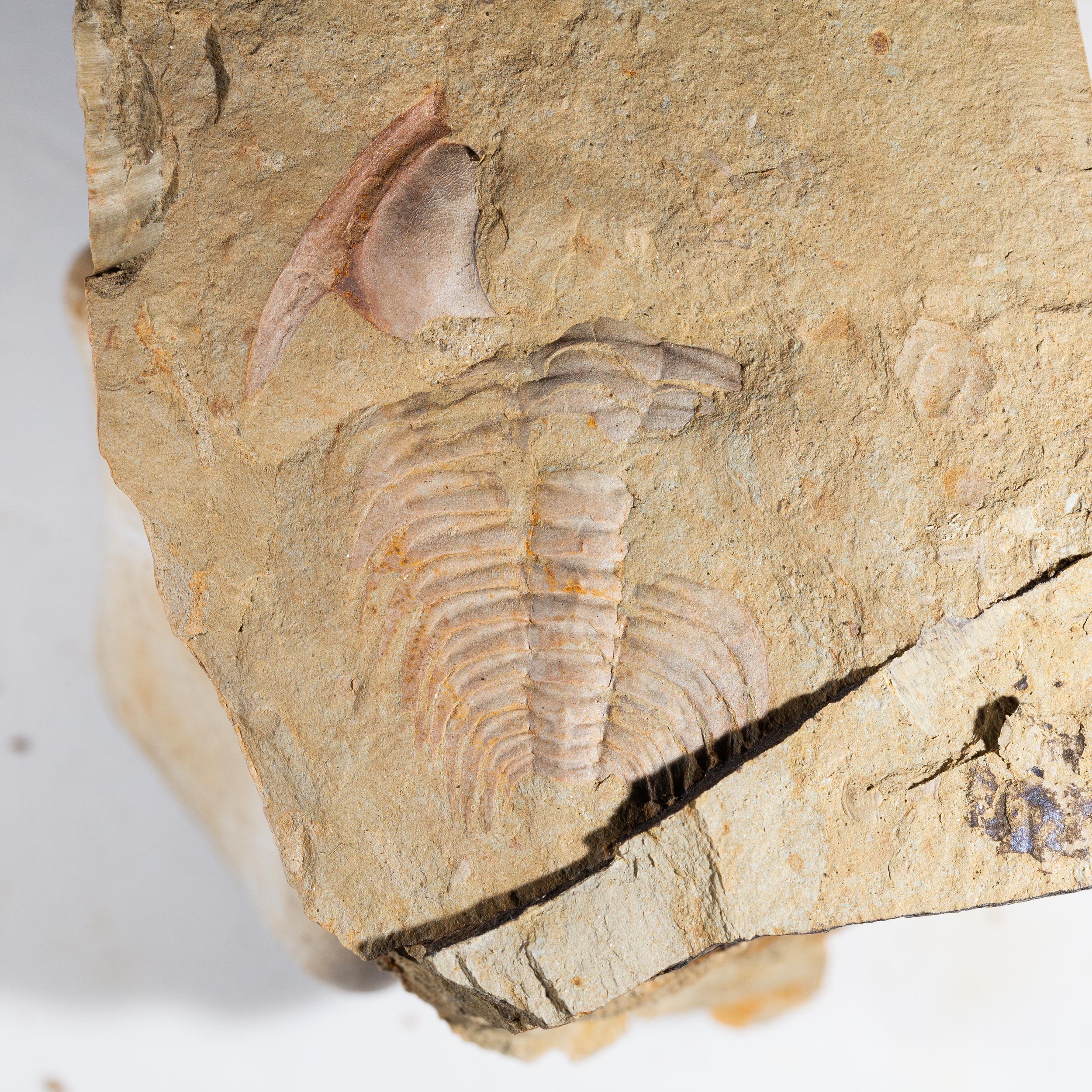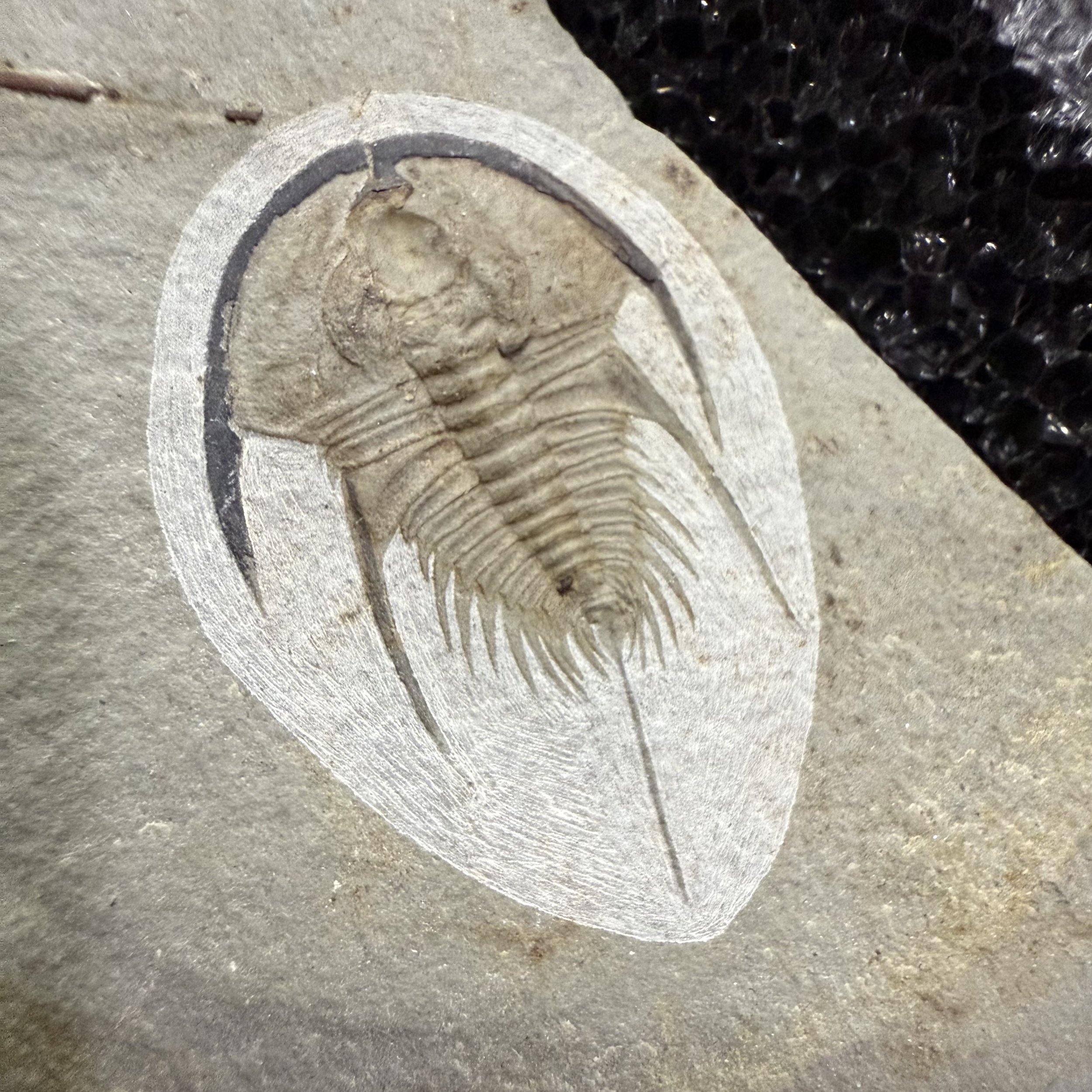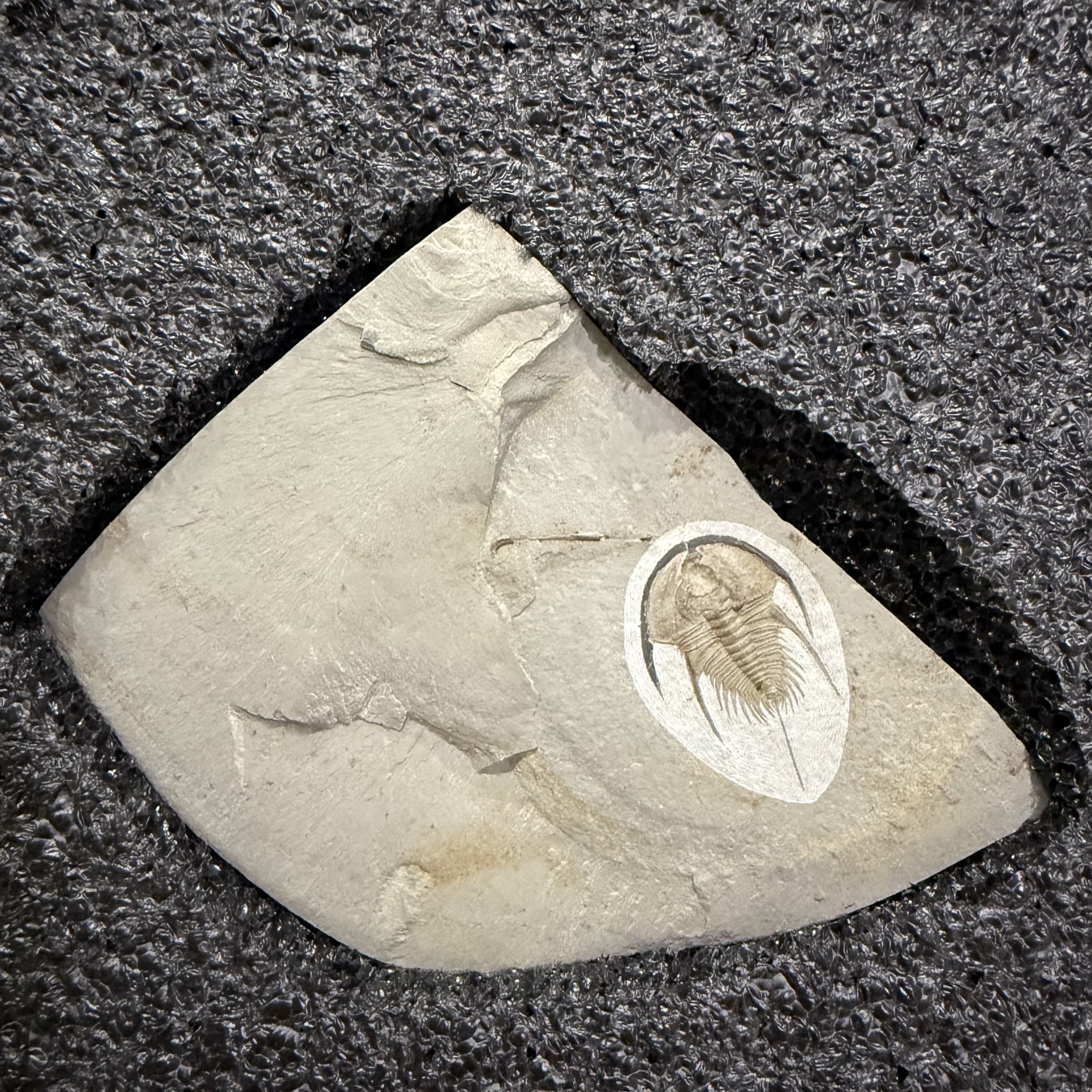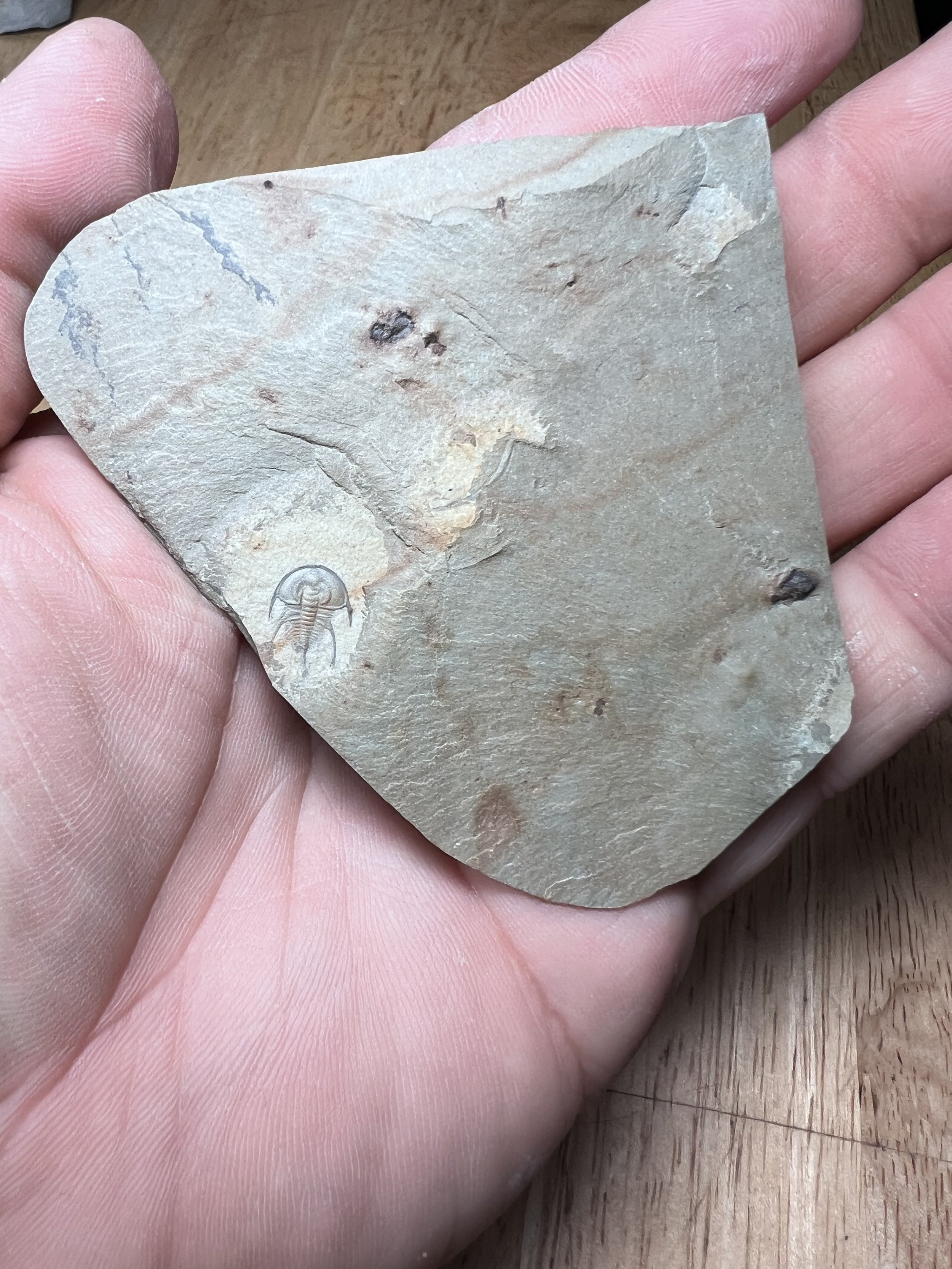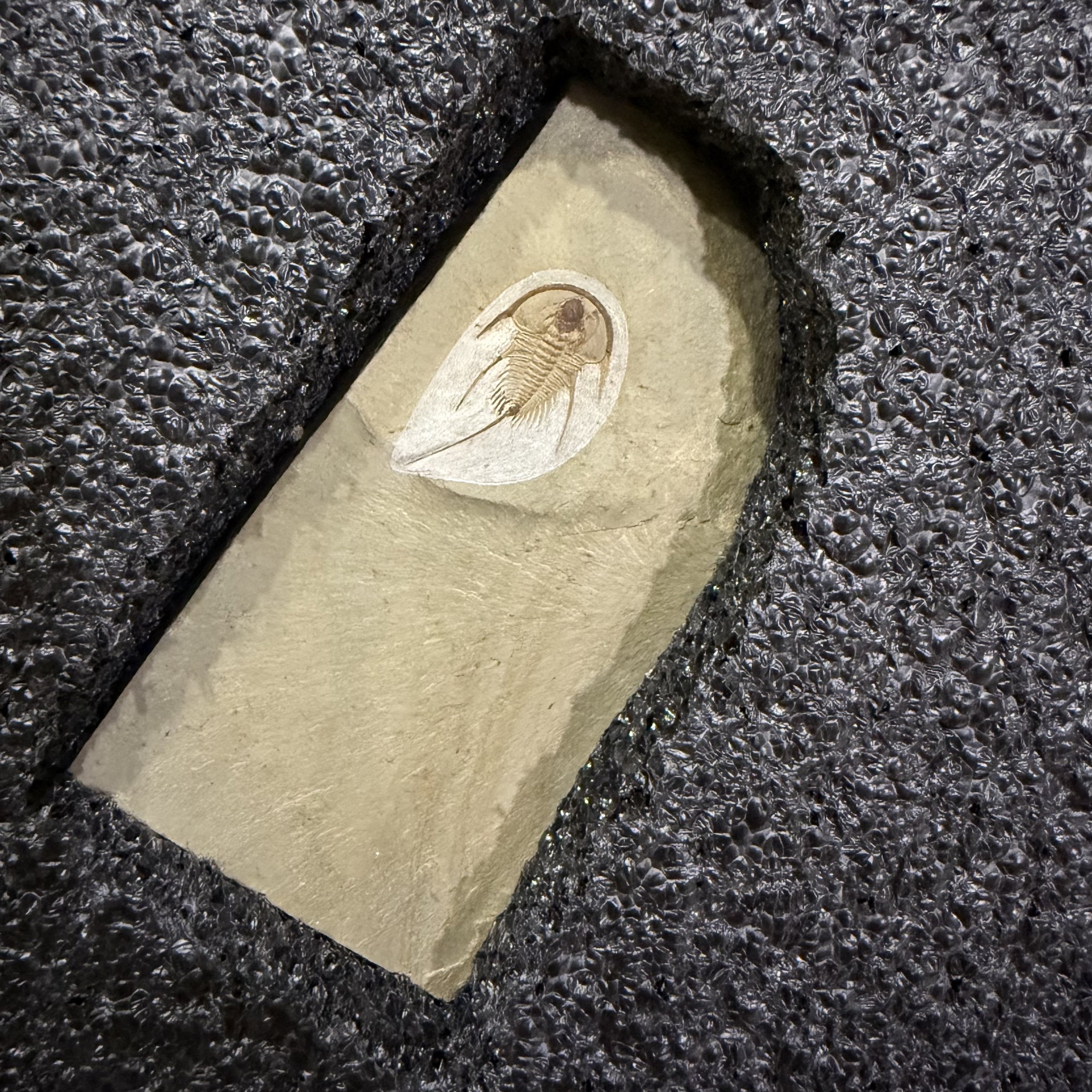Triarthrus beckii
Vendor: Gold Bugs
SKU Number: SQ3171573
A large and inflated Triarthrus beckii from the Middle Ordovician, Denley Limestone of Herkimer, New York.
This species is normally confined to its flattened, grainy form in the Lower Utica Shale unit. Rare inflated specimens of this species with black exoskeleton are found in the limestone layers of the Denley.
Full dimensions are listed below.
Vendor: Gold Bugs
SKU Number: SQ3171573
A large and inflated Triarthrus beckii from the Middle Ordovician, Denley Limestone of Herkimer, New York.
This species is normally confined to its flattened, grainy form in the Lower Utica Shale unit. Rare inflated specimens of this species with black exoskeleton are found in the limestone layers of the Denley.
Full dimensions are listed below.
Vendor: Gold Bugs
SKU Number: SQ3171573
A large and inflated Triarthrus beckii from the Middle Ordovician, Denley Limestone of Herkimer, New York.
This species is normally confined to its flattened, grainy form in the Lower Utica Shale unit. Rare inflated specimens of this species with black exoskeleton are found in the limestone layers of the Denley.
Full dimensions are listed below.
Additional Information
T. beckii and T. eatoni have long been considered closely related and possibly synonymous. Recent comparative analysis showed that there is no sharp distinction between the two, but that they seem to represent opposing morphotypes.
T. beckii dominates earlier in the distribution and in shallow water, while T. eatoni does so later and in deeper waters. It is probable that the transgression of the sea level aided the eventual disappearance of the T. beckii morph. The occurrence of the supposed pluriform species continued for more than two million years.
References:
Charles Emerson Beecher
Triarthrus eatoni
Markus Martin
Gold Bugs
Beecher's Trilobite Bed

